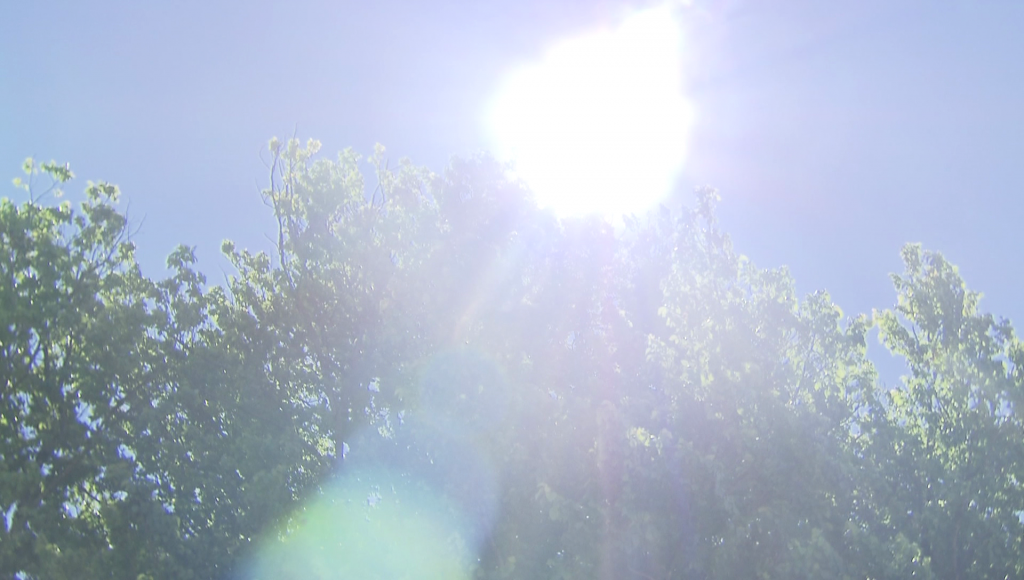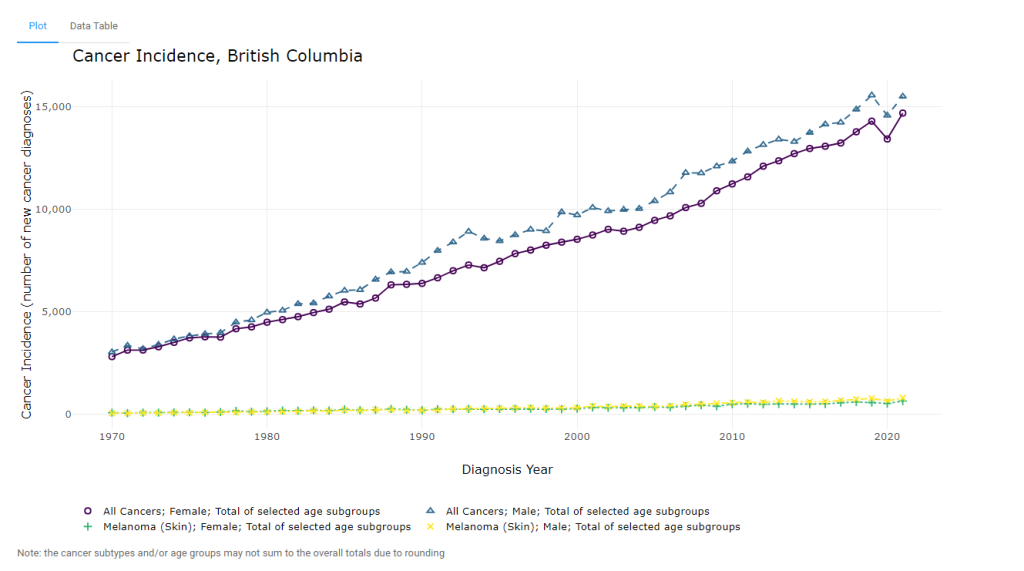Skin cancer cases rising across Canada

Posted May 30, 2024 7:07 am.
With summer right around the corner, some experts are sounding the alarm as the number of skin cancer cases in Canada is rising rapidly.
“We are seeing that melanoma rates are increasing, and actually they’ve seen the largest increase of any cancer, particularly in males,” explained Ioana Nicola, senior epidemiologist at the Canadian Cancer Society.
“We do see differences among men and women for other cancers, and they could be due to a variety of reasons, such as differences in risk factors and differences in health-seeking behaviours. There’s not one that we can pinpoint.”
She adds that as much as people are aware of being ‘sun smart’ and wearing a hat, sunglasses, sitting in the shade, and applying sunscreen, there are still a lot of people who don’t do any of those things, leaving them at higher risk.
“The projections for 2024 estimates there will be about 11,300 new melanoma cases and about 1,300 new deaths,” added Nicola.
Skin cancer — melanoma in particular — is highly diagnosed, but also highly preventable.
“Melanoma is the most fatal skin cancer and about 65 per cent of melanoma cases in Canada are due to ultraviolet (UV) radiation exposures,” said Nicola, which includes the sun, but also tanning beds — a habit she wishes people stopped using.
One problem being highlighted in the number of cases being confirmed, is the major gap in data collection across the country.
Nicola admits they only have access to limited numbers, and it’s likely more people have the disease.
“One of the reasons is because the other non-melanoma skin cancers, those are detected at physician’s offices and through dermatology clinics, so we’re not able to capture that data in the registries. We know there are gaps in our cancer registry information and the data that is being collected.”

There is an upside in all this, however, as mortality rates are going down despite case numbers going up.
“Likely because there are novel and more effective treatments, earlier diagnosis, but also improvements in policies and making people aware of their sun risk,” said Nicola.
Across the Lower Mainland Thursday, the UV rating is expected to be high, but UV rays can also penetrate through clouds, fog, haze, or smoke.
And for those living in the Lower Mainland, surrounded by mountains, lakes, and the ocean, you may want to be on higher alert.
“Especially in situations where the sunrays could reflect back, so skiing. In winter, snow is highly reflective. If you’re by a body of water, that’s also highly reflective.”
Nicola isn’t saying what the recommended time is for someone to stay in the sun, but adds with so many sunscreens on the market, people should be applying at least SPF 30 every day, throughout the day, year-round.
She says if you notice any changes in your skin, seek medical attention immediately. The Cancer Information Helpline can be reached at 1-888-939-3333.








